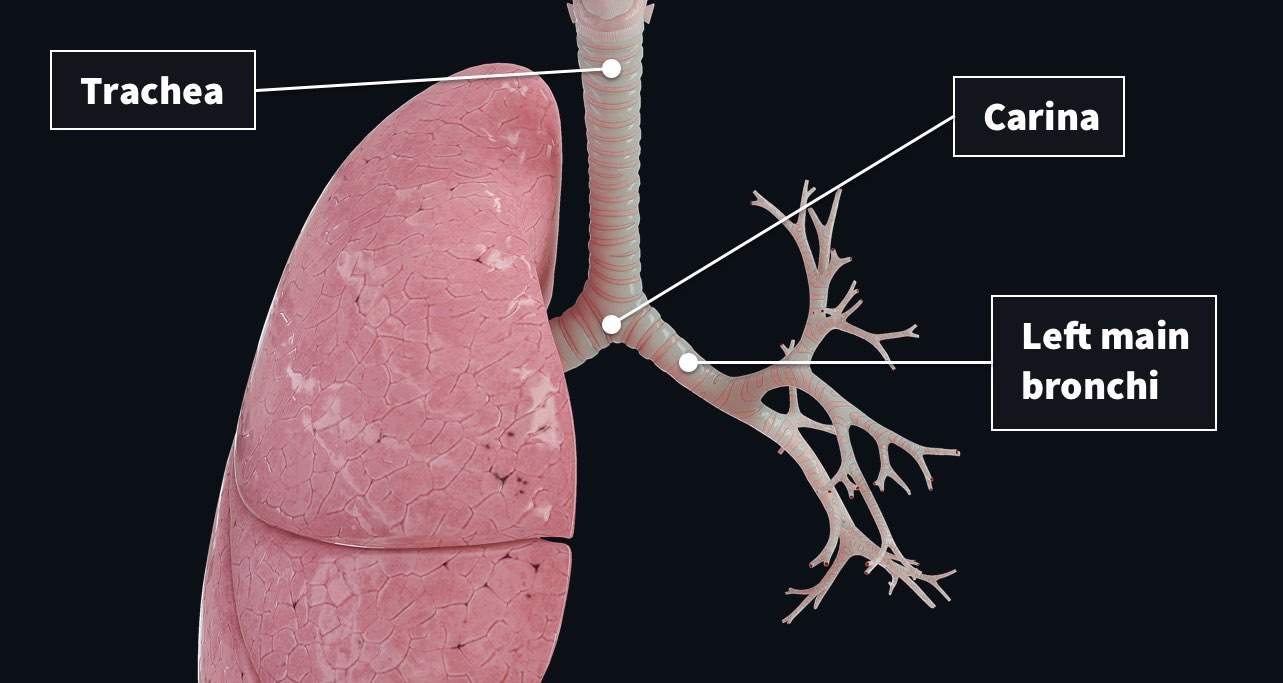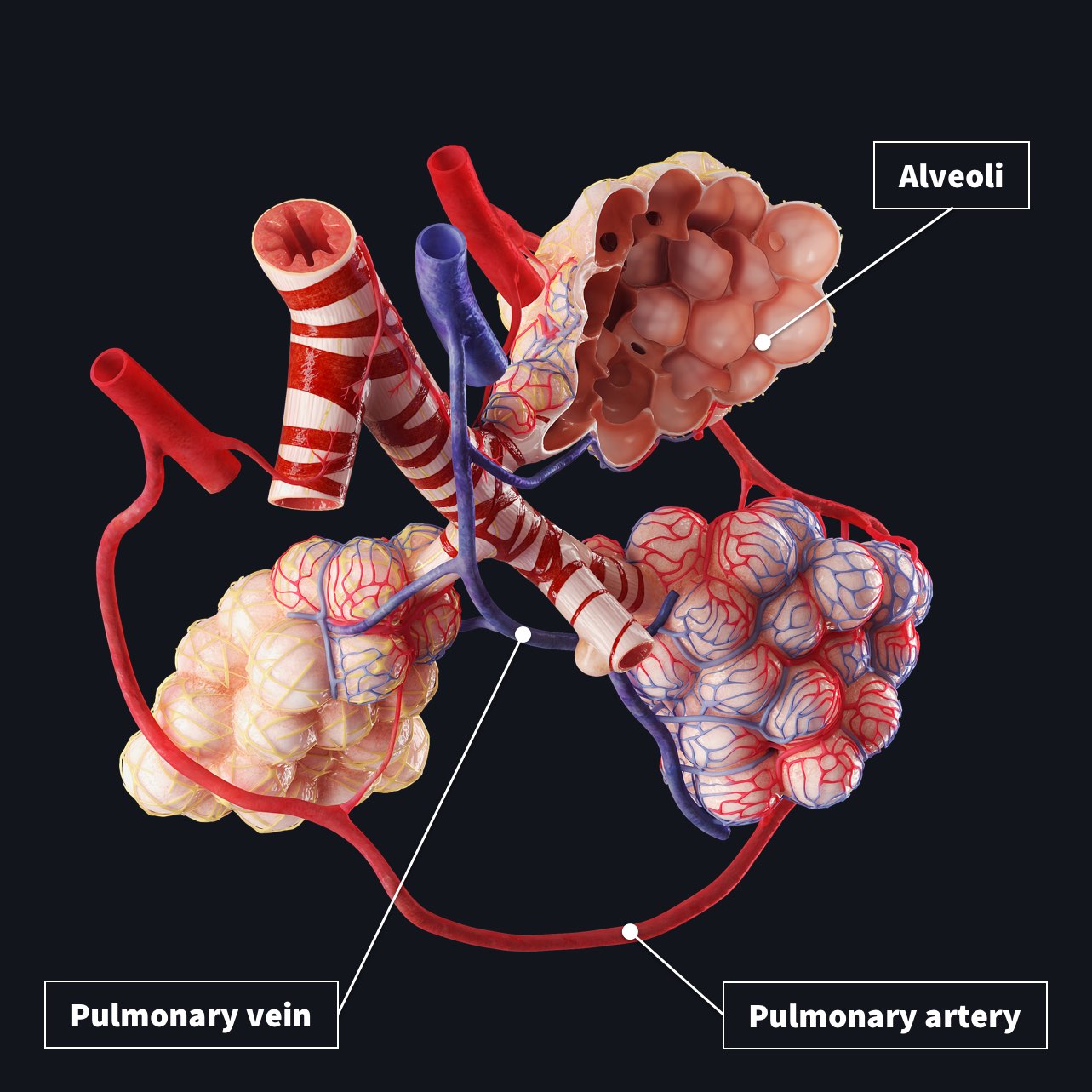
The cells in our body need oxygen in order to create energy. We get this oxygen from breathing. ?
When we breathe, we know air flows into our mouth or nose ??. It’s then carried to our trachea, and from there our trachea splits into two separate tubes called bronchi. This split happens at a point known as the carina. From these two separate bronchi within the lungs, more splits arise to form a branching of many smaller bronchi ?. At the end of these branches we have millions of tiny air sacs called alveoli. The thin walls of the alveoli allow oxygen and carbon dioxide to pass into and out of our bloodstream. Our diaphragm muscle also aids in expanding and deflating the chest as needed to draw in air or push it out ?.
So, what happens when we can’t perform this life sustaining function ourselves? ?
This is when we call upon the aid of ventilators! ?
Mechanical ventilation is the use of a computerized machine to help patients with acute respiratory issues. It allows air to move into and out of the lungs when needed. ?
Often, we hear the phrases “ventilator” and “respirator” used interchangeably. It is important to note that they are two separate things. Medical terminology uses the word “respirator” to refer to a protective facemask. ?
So how does a ventilator work? First a tube is placed into the mouth or nose and inserted down until it is connected to the trachea. This is called intubation. Severe trauma to the face may require access to the trachea through a procedure called tracheostomy, where a hole is surgically made into the neck for the tube to be inserted to the trachea. The ventilator then blows gas into the lungs.

Ventilators provide several vital functions in order to keep patients stable, including:
- Yielding positive end expiratory pressure (PEEP), preventing the alveoli from collapsing.
- Making it easier for patients with a weak cough to get rid of mucus.
- Preserving a stable airway and preventing injury from aspiration.
It is important to note though that ventilators do contain a certain risk of infection and lung damage, and they do not actually heal patients. However, they give patients the vital opportunity to remain stable while medications and treatments help them recover.
Bridge the gap between the anatomical and the clinical with a range of Courses dedicated to clinical correlates. To see all of the Courses on the platform, and to get a FREE 3-day trial, head over to our Courses page.